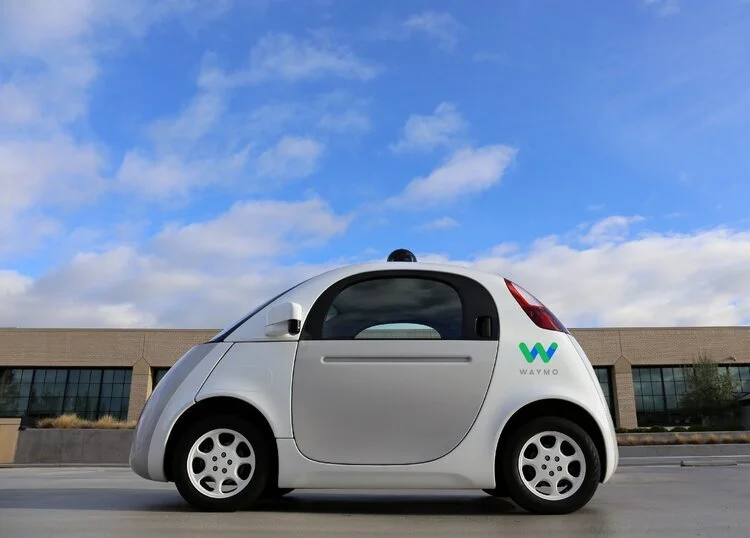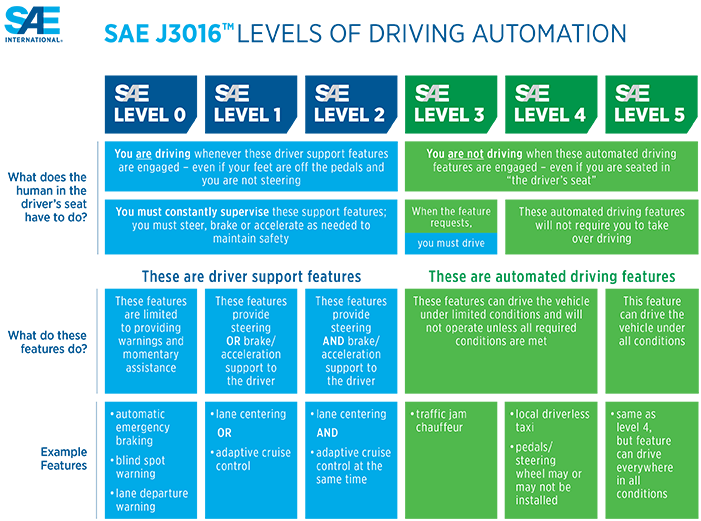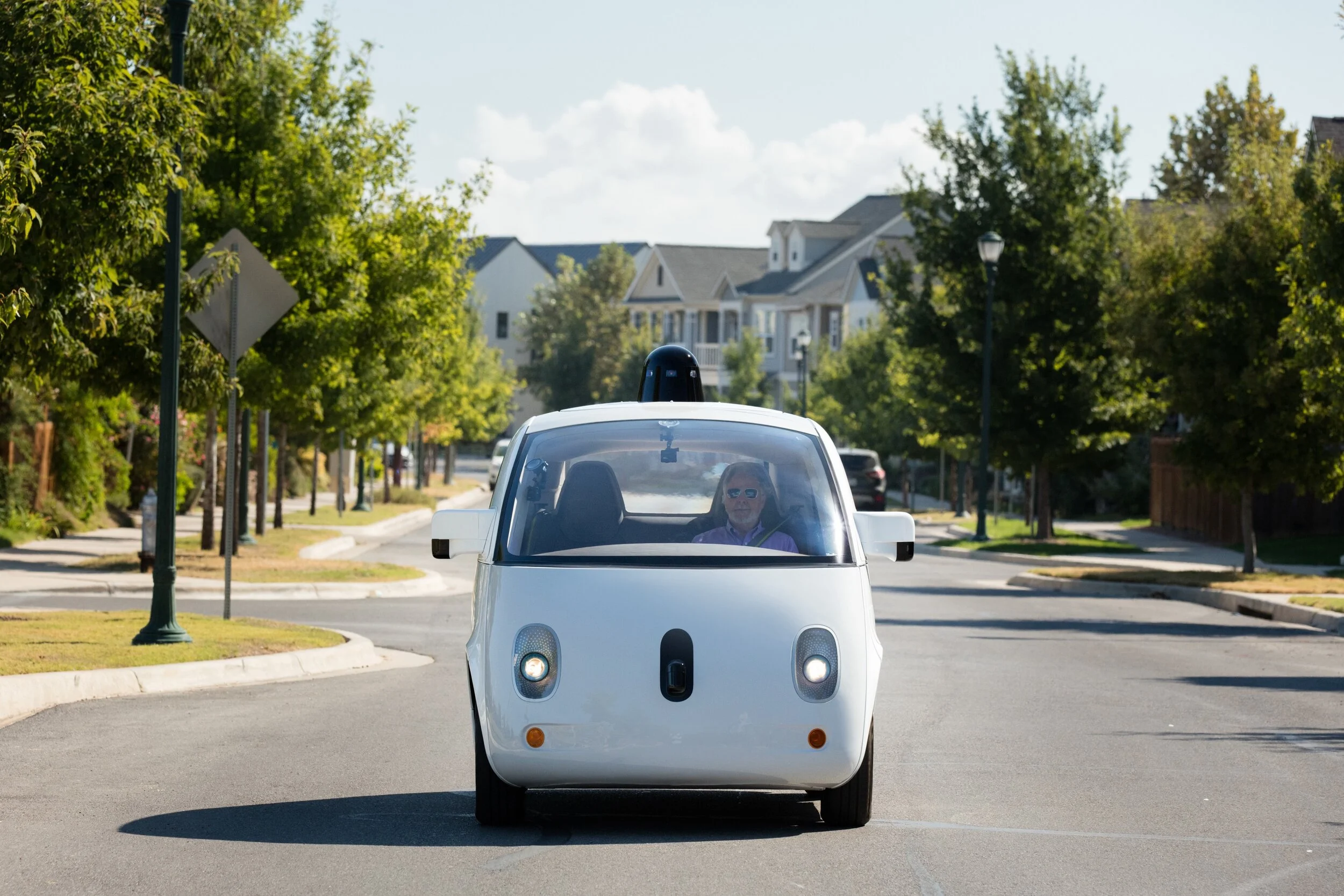The Robocar Road Race: The Emergence of Autonomous Vehicles
In 2004, the U.S. Defense Advanced Research Projects Agency (DARPA) sponsored a self-driving challenge for vehicles along a 142-mile long desert roadway to foster the development of autonomous vehicle technology. While there weren’t any cars that completed the route, there have been significant improvements since.
One of 15 self-driving vehicles racing on desert terrain during the 2004 DARPA Grand Challenge. Source: DARPA Archives
2020 was a big year for the artificial intelligence (AI)-powered vehicle industry, setting up big expectations in the coming years for growth, development, and availability by year 2024. Autonomous truck driving vendor TuSimple announced in July that in partnership with UPS, Penske, and more, self-driving fleets will be available in 2024. In the past few weeks, Reuters reported that Apple is building self-driving cars for consumers and has set a 2024 target for production. So, how do self-driving cars work, and what’s the state of this next-generation technology that has long been in futuristic series and films?
HOW SELF-DRIVING CARS WORK
How Amazon Prime series Upload depicts self-driving cars of the future.
To sense the environment around them and make navigation decisions accordingly, self-driving cars rely on sensors, actuators, sophisticated algorithms, powerful processors, and high-resolution video camera technologies to safely operate. The cameras help the autonomous vehicle “see”, while sensors, radars, and lidars measure the distance between the car and its surroundings. Artificial intelligence identifies road signs or obstacles like pedestrians and makes the decision to turn, slow down, or come to a full stop at a specific speed.
THE SIX LEVELS OF DRIVING AUTOMATION
Source: Society of Automotive Engineers International
There are six levels of driving automation, as defined by the Society of Automotive Engineers (SAE), ranging from Level 0 (completely manual) to Level 5 (fully autonomous). With Level 0 vehicles being completely manual, you must consistently supervise the automated features in the driver’s seat. Level 3 vehicles are semi-automated, meaning it has many autopilot features but will often require human intervention in certain driving conditions. Level 5 vehicles are fully autonomous, meaning the vehicle operates completely on artificial intelligence and makes every operating decision on its own in all driving conditions. A salient feature of a fully autonomous vehicle is an absent steering wheel.
THE STATE OF SELF-DRIVING CAR TECHNOLOGY FOR CONSUMERS
Source: Waymo
There are several self-driving companies leading the charge in the robocar road race. Tesla, Elon Musk’s electric vehicle company, whose stock recently joined the S&P 500, has autopilot features that qualify as Level 2 in SAE Standards. Summon mode, their self-driving feature, was even demonstrated at our Fireside Chat on Battery Day a few months ago.
Waymo, the self-driving subsidiary of Alphabet (Google’s parent company), has been testing their vehicles in the Phoenix area since 2014. The company completed the world’s first fully-self driven car ride in October 2015. In 2018, they launched a limited robotaxi service that operates in geofenced areas in Phoenix. Their technology qualifies as SAE Level 4. While Waymo’s self-driving technology still comes with a human driving monitor, it doesn’t require human takeover. For access to this next-generation service, willing passengers must apply and be fully-vetted before joining a very exclusive Waymo Early Riders program.
Then, there’s also Silicon Valley-based Voyage, whose Level 4 self-driving vehicle program is specifically designed for retirement communities. “We’re focused on serving senior citizens, who we believe are the best first customer for driverless technology,” says Voyage CEO, Oliver Cameron, in this Bloomberg article. Their low-speed, low-traffic roads make for a perfect testing environment for complex engineering challenges that arise.
DID YOU KNOW?
During a 2017 talk at the Uber Elevate Summit in Washington, D.C., U.S. Department of Transportation Secretary Elaine Chao shared that there are more than 1,400 self-driving vehicles being tested by over 80 companies across 36 U.S. states.
When (not if) a self-driving car company starts deploying autonomous vehicles for testing in Atlanta, would you sign up to be in their program? Let us know why you would or wouldn’t in the comments below.



